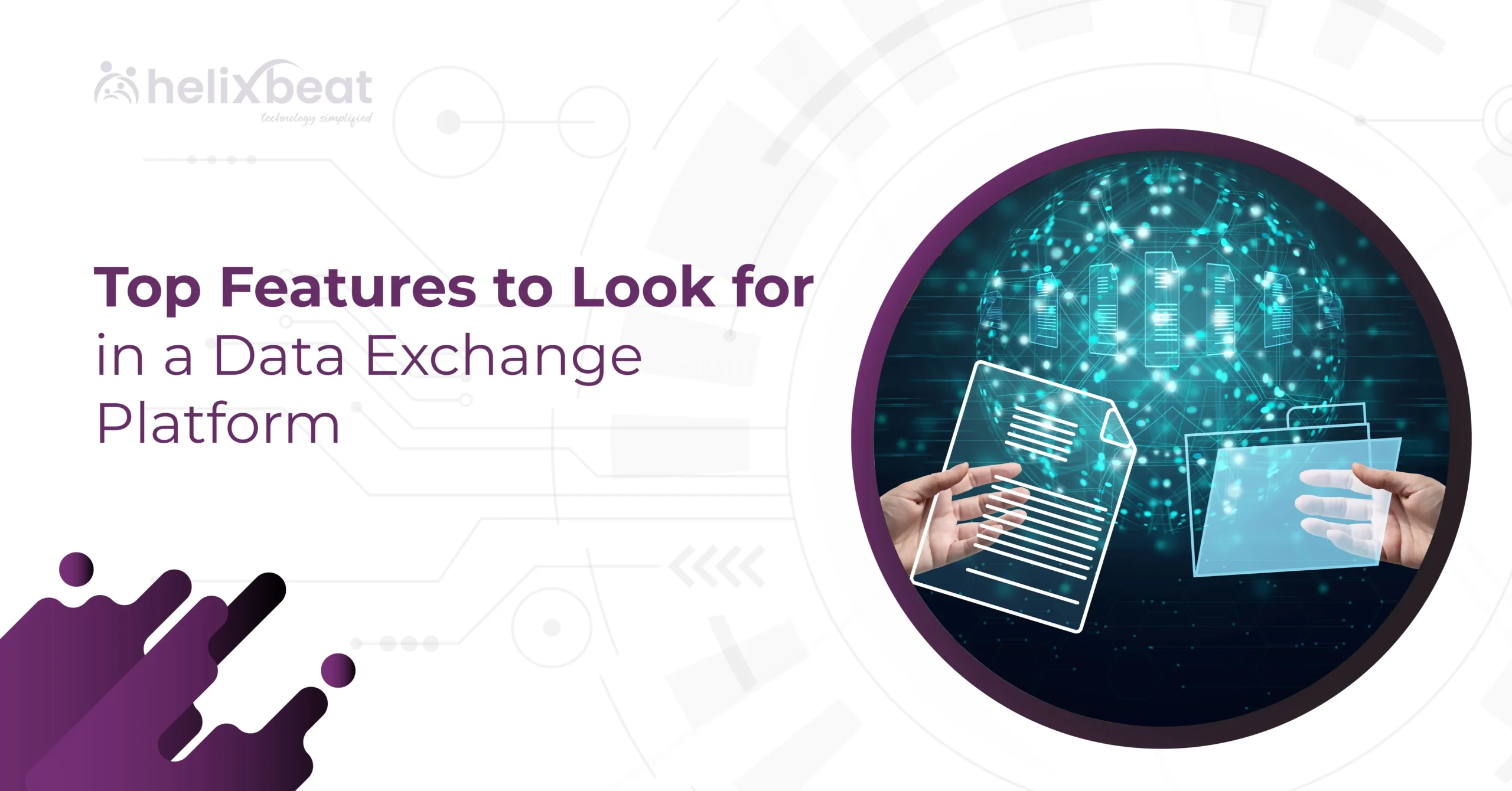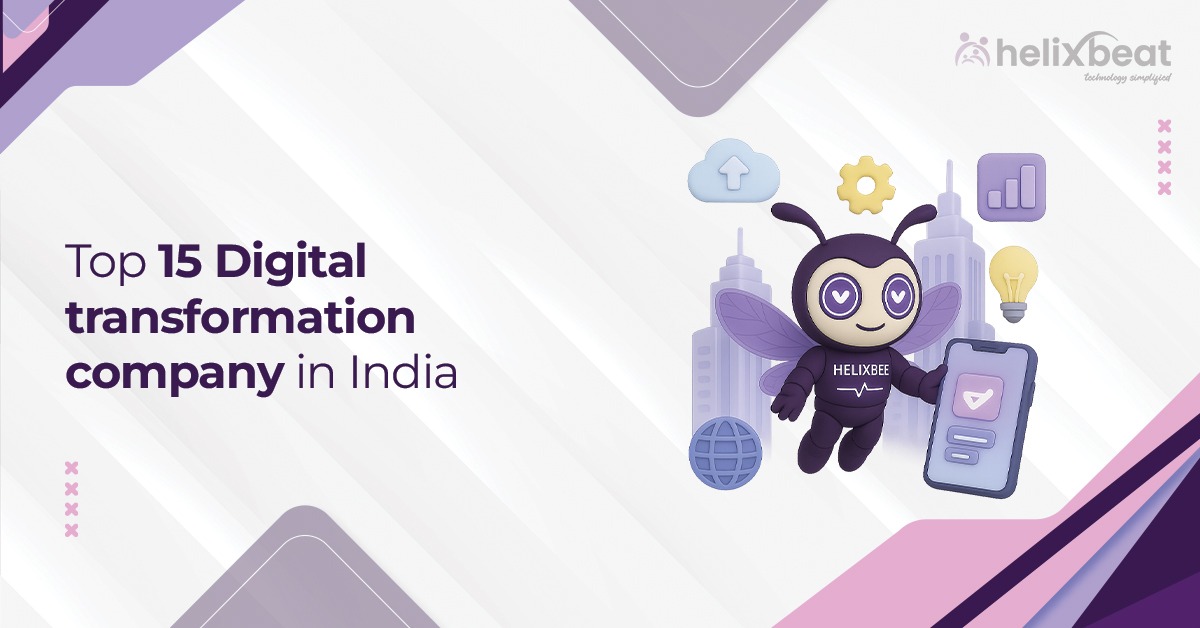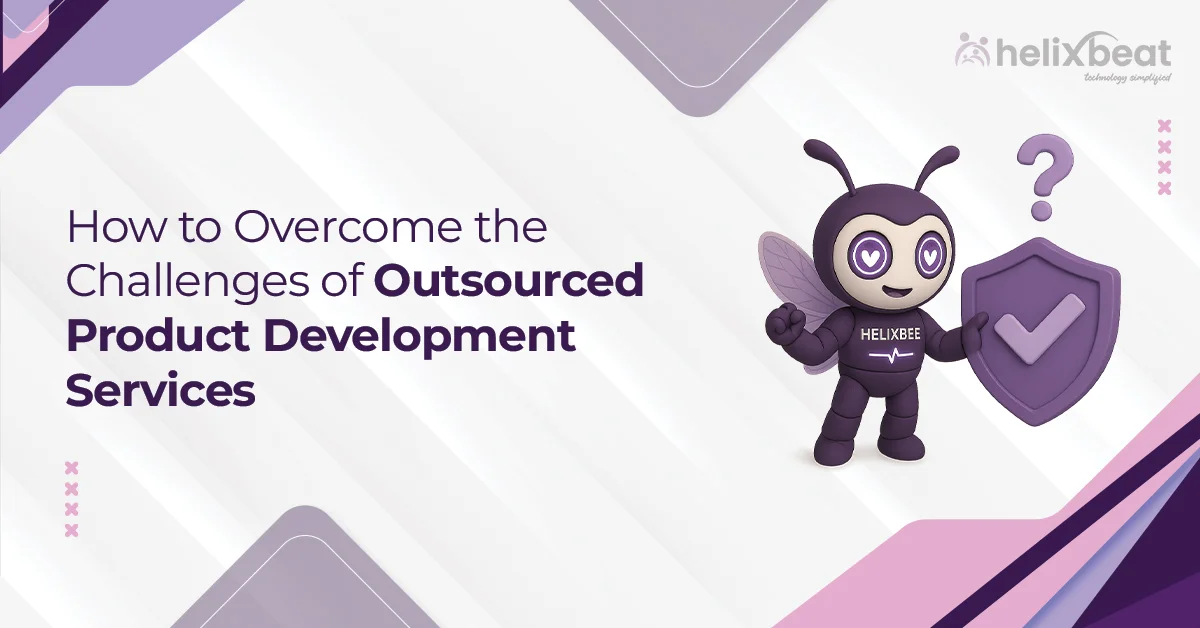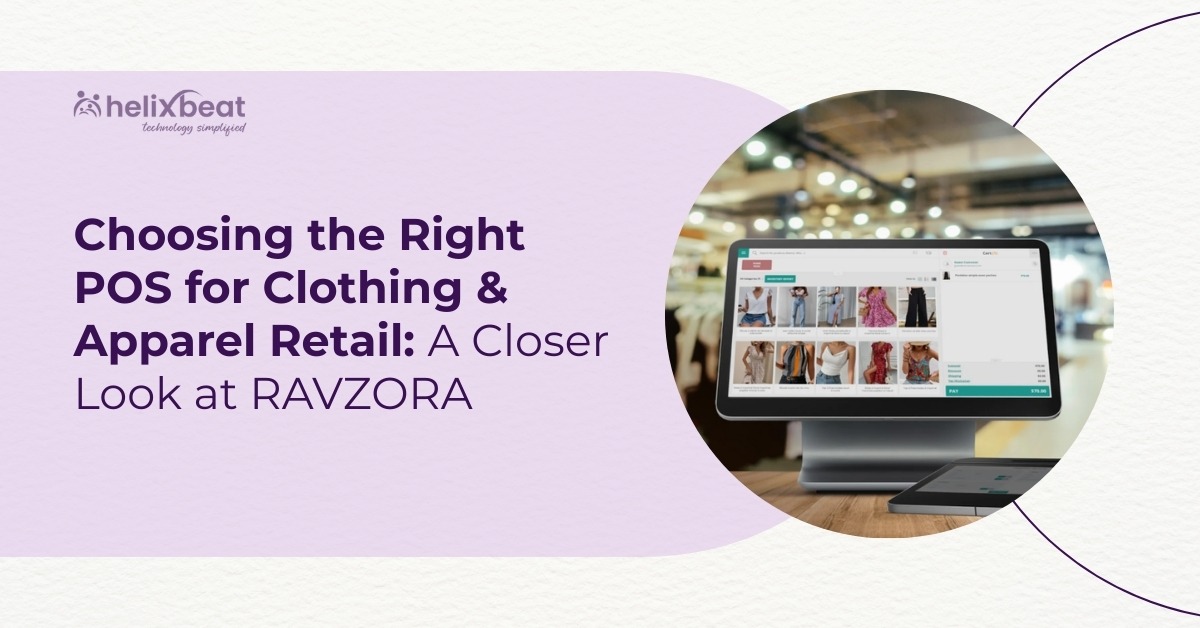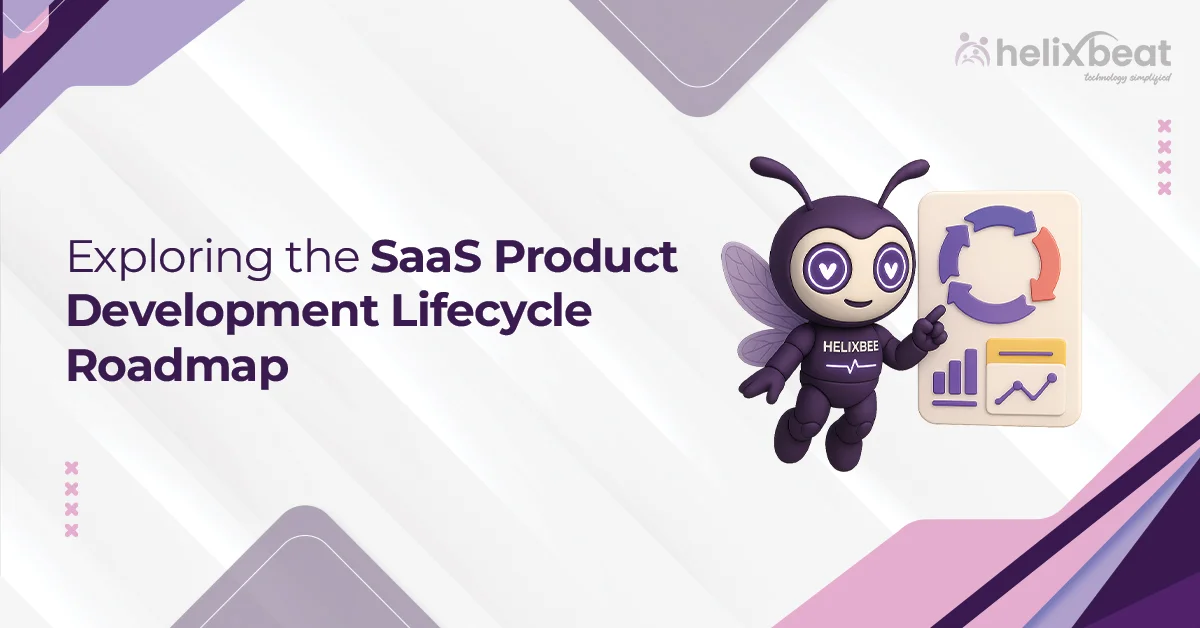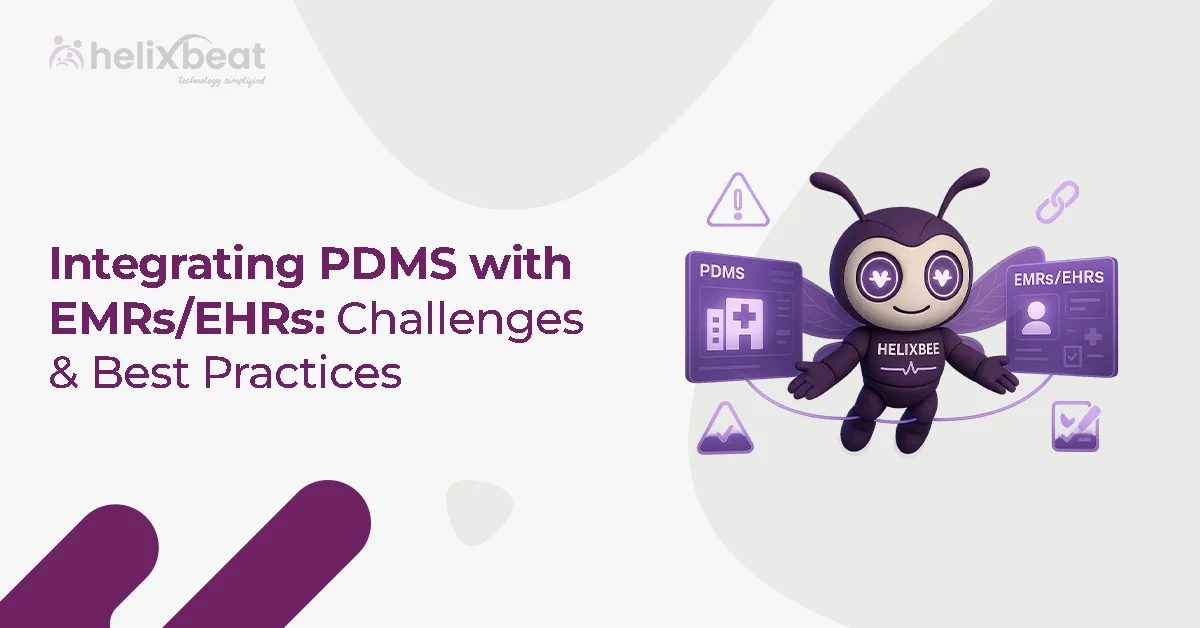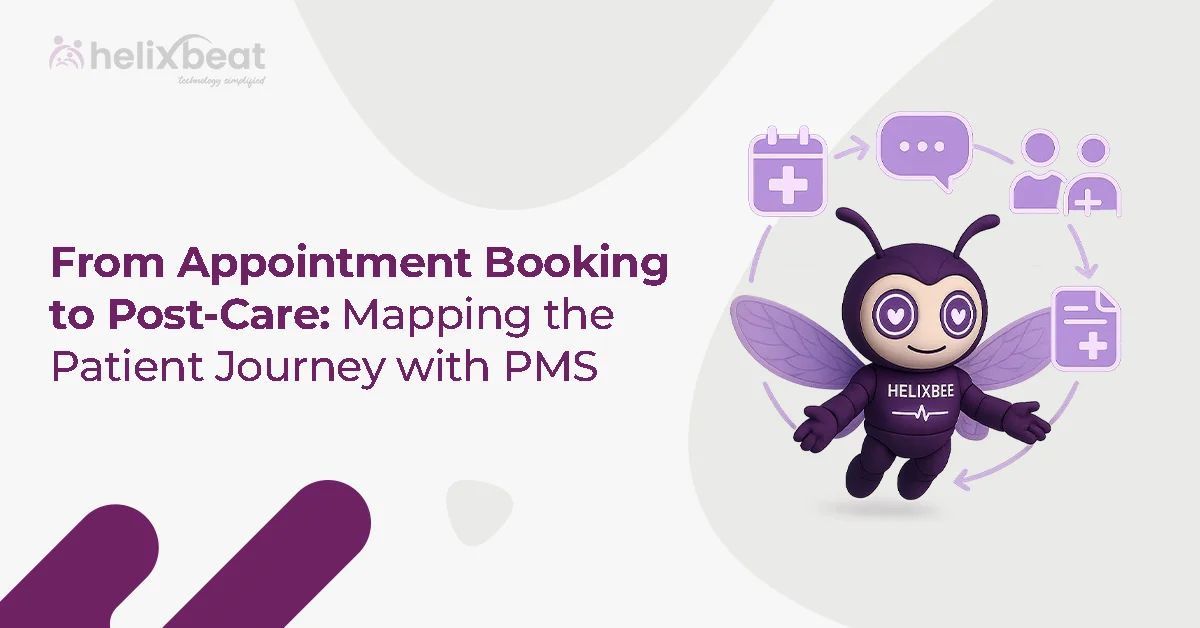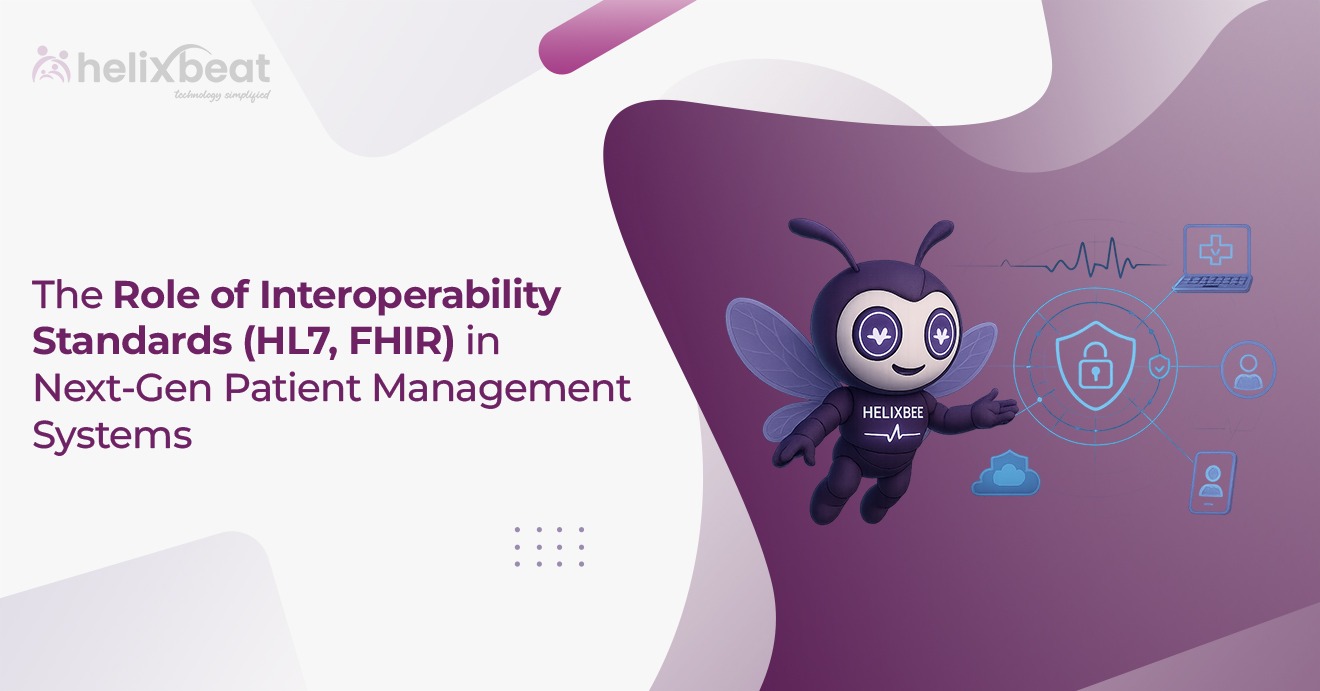How can healthcare providers, labs, and insurance companies ensure seamless and secure data exchange while maintaining patient safety and compliance?
In today’s fast-paced healthcare environment, interoperability is critical. Hospitals, diagnostic labs, and insurance providers rely on timely and accurate data exchange to enhance patient care, optimize workflows, and meet regulatory requirements. A well-structured data exchange platform can bridge these gaps, ensuring that different systems communicate effortlessly. However, not all platforms are created equal. To select the right solution, healthcare organizations must evaluate several critical factors.
Let’s explore the top features that make a data exchange platform ideal for the healthcare ecosystem.
Table of Contents
1. Interoperability with Existing Systems
Interoperability is a crucial requirement for any data exchange platform in healthcare. It ensures that various IT systems—such as Electronic Health Records (EHRs), Laboratory Information Systems (LIS), and insurance databases—can communicate seamlessly without compatibility issues.
Key Considerations:
- HL7 and FHIR Compliance: A robust data exchange platform should adhere to HL7 and FHIR standards to ensure seamless communication between EHRs, laboratories, and insurers. These standards help structure and exchange medical data efficiently, minimizing errors and misinterpretations.
- API Integration: A well-structured API framework is essential to allow smooth data flow between different healthcare systems. APIs enable hospitals, laboratories, and insurance companies to exchange information in real time without requiring significant infrastructure modifications.
- Cross-Platform Compatibility: The data exchange platform should work with both modern and legacy systems to prevent data silos. Ensuring backward compatibility allows hospitals to upgrade their technology gradually while maintaining connectivity between existing systems.

Example: Suppose a hospital uses an EHR system from one vendor, while a diagnostic center relies on an LIS system from another provider. A well-integrated data exchange platform ensures that lab results from the diagnostic center are automatically shared with the hospital’s EHR system, eliminating manual data entry and reducing errors.
2. Data Security and Compliance
Given the sensitivity of healthcare data, ensuring security and regulatory compliance is non-negotiable. Healthcare institutions must adhere to regulations like HIPAA (USA), and HITRUST compliance frameworks to safeguard patient information and maintain trust.
Key Security Features:
- End-to-End Encryption: A reliable data exchange platform should encrypt data during transmission and at rest, ensuring confidentiality and preventing unauthorized access.
- Role-Based Access Control (RBAC): RBAC ensures that only authorized personnel can access specific patient data. For example, doctors can view a patient’s complete history, while billing staff can only access financial information.
- Audit Logs: The platform should track every access and modification to patient records to maintain compliance with regulatory standards and improve accountability.
- Tamper-Proof Records: Immutable patient records prevent unauthorized modifications, reducing medical fraud and ensuring data integrity.

Example: A hospital utilizing a secure data exchange platform can transmit a patient’s radiology scans to a specialist without the risk of data exposure or tampering.
3. Real-Time Data Exchange and Workflow Automation
Delays in data transmission can lead to misdiagnoses, duplicate testing, and billing errors. Real-time data exchange ensures that healthcare providers have up-to-date information when making critical decisions, ultimately improving patient outcomes.
Features That Enhance Real-Time Exchange:
- Automated Data Synchronization: A data exchange platform should instantly update patient records across all integrated systems, reducing manual entry errors and data inconsistencies.
- AI-Driven Decision Support: Advanced analytics can provide alerts on drug interactions, abnormal lab results, and necessary follow-ups, enabling proactive patient care.
- Event-Based Notifications: The platform should trigger real-time alerts when patient data is updated, such as lab results becoming available or insurance claims being approved.

Example: A diagnostic lab performing a blood test can instantly send results to both the ordering physician and the patient’s EHR, reducing delays in treatment and improving care coordination.
4. Scalability and Performance
Healthcare institutions handle vast amounts of patient data daily. A data exchange platform must be designed to scale with increasing workloads while maintaining high performance.
Key Features for Scalability:
- Cloud-Based Architecture: Cloud-enabled data exchange platforms allow hospitals to scale their data processing needs without the limitations of on-premise infrastructure.
- Load Balancing: Efficient load distribution ensures smooth data flow even during peak operational hours, preventing bottlenecks and downtime.
- High Uptime Guarantee: A reliable data exchange platform should have minimal downtime, ensuring continuous operation in critical healthcare environments.

Example: An insurance provider integrating multiple hospitals should experience seamless access to billing data even during high-traffic periods.
5. Seamless Integration with Insurance Providers
Smooth interaction between healthcare providers and insurers speeds up reimbursements, reduces claim rejections, and enhances patient experience.
Essential Insurance Integration Features:
- Automated Claims Processing: Reduces manual claim filing errors and accelerates approvals, improving financial workflows.
- Eligibility Verification: Allows hospitals to instantly check whether a patient’s insurance covers specific treatments before providing services.
- Billing Transparency: Ensures patients and providers have a clear breakdown of treatment costs and insurance coverage.

Example: A hospital’s billing department can verify a patient’s insurance eligibility before scheduling a major surgery, reducing potential billing disputes later.
6. Data Standardization and Quality Control
Data inconsistencies and formatting errors create operational inefficiencies and misinterpretations. A data exchange platform should standardize data formats to improve reliability and accuracy.
Standardization Features:
- Automated Data Mapping: Converts non-standardized records into FHIR-compatible formats for universal usability.
- Error Detection Algorithms: Flags discrepancies in patient demographics, lab results, and prescription data to prevent misinformation.
- Duplicate Record Prevention: Merges duplicate patient entries, ensuring a single, complete patient profile across multiple healthcare providers.

Example: If a patient visits two different hospitals, both institutions should receive a unified medical history rather than fragmented records that lead to inconsistent treatments.
7. AI and Analytics Capabilities
A data exchange platform equipped with AI-driven insights can enhance decision-making, predict trends, and optimize hospital operations.
Must-Have AI Features:
- Predictive Analytics: Forecasts patient risks based on historical data, enabling early interventions and better care planning.
- Operational Insights: Identifies inefficiencies in healthcare workflows, improving staff allocation and reducing administrative bottlenecks.
- Customizable Dashboards: Provides visualized reports and trends, allowing hospitals and insurers to make data-driven decisions.

Example: AI-powered analytics can review past insurance claims to detect fraudulent patterns, helping hospitals and insurers prevent financial losses.
Optimizing Healthcare with the Right Data Exchange Platform!
Choosing the right data exchange platform is essential for hospitals, labs, and insurance providers. A solution that prioritizes interoperability, security, real-time data exchange, scalability, and AI-driven insights can significantly enhance healthcare operations.
GENIUS by Helixbeat is built to meet these needs, enabling seamless collaboration between stakeholders while ensuring compliance and efficiency. Whether you are a hospital administrator, an insurance provider, or a healthcare IT leader, investing in the right data exchange platform can lead to better patient outcomes and improved operational success.
FAQs
1. What is a data exchange platform in healthcare?
A data exchange platform facilitates the seamless sharing of patient data between hospitals, labs, insurers, and healthcare providers to enhance interoperability and patient care.
2. Why is interoperability important in a data exchange platform?
Interoperability ensures different healthcare IT systems can communicate efficiently, reducing manual errors and improving data accuracy.
3. How does a data exchange platform ensure data security?
It includes encryption, role-based access, audit logs, and compliance with HIPAA, and other healthcare regulations.
4. What role does AI play in healthcare data exchange?
AI enhances data analytics, predicts patient risks, streamlines workflows, and reduces administrative inefficiencies.
5. Can a data exchange platform integrate with insurance providers?
Yes, it can automate claims processing, verify eligibility, and facilitate seamless billing and reimbursements.
6. What are FHIR and HL7 standards in data exchange?
They are interoperability standards that allow different healthcare systems to exchange data in a structured format.



